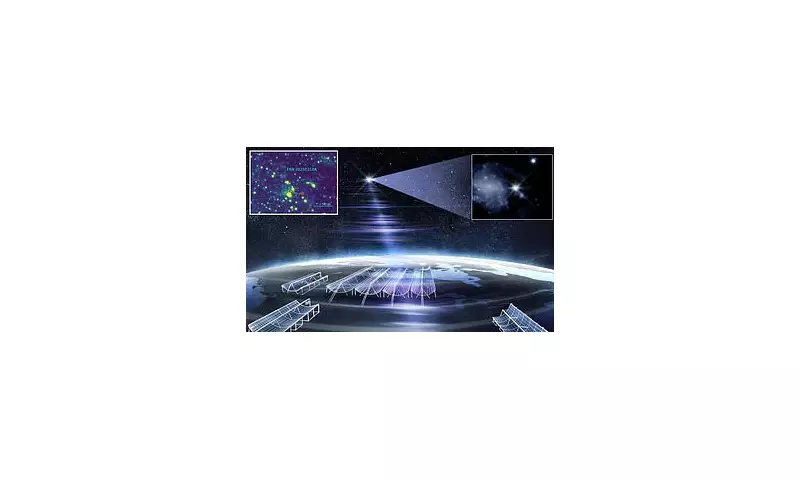
A mysterious signal from the depths of space that captivated astronomers and sparked whispers of extraterrestrial contact has been definitively solved, and the answer is far more mundane than science fiction fans might have hoped.
The signal, detected by the Allen Telescope Array in California, was initially thought to be a potent Fast Radio Burst (FRB) – a fleeting, intense pulse of radio waves originating from distant galaxies. Its repetitive nature made it an even more tantalising subject for researchers.
The Eureka Moment: A Terrestrial Truth
The hunt for the signal's origin, however, led scientists not out into the cosmos, but right back down to Earth. After meticulous analysis, researchers pinpointed the source not to a faraway star system, but to a much more familiar piece of technology: human electronics.
'This was a classic case of a radio frequency interference (RFI),' explained Dr. Steve Croft, a scientist on the project. The 'space echo' was traced to a faulty or improperly shielded device located alarmingly close to the telescope itself, debunking any notions of an interstellar caller.
Why It Fooled the Experts
This particular signal was exceptionally convincing. Its characteristics mimicked those of genuine cosmic phenomena, allowing it to pass initial data checks designed to filter out common human-made interference from mobile phones, satellites, and radar.
'It's the celestial equivalent of a convincing fake,' one astronomer noted. The event highlights the immense challenge modern astronomers face in an era saturated with human-generated radio noise, separating the cosmic wheat from the terrestrial chaff.
A Recurring Challenge for Astronomy
This incident is far from isolated. The search for extraterrestrial intelligence (SETI) and the study of FRBs are perpetually plagued by false alarms. The scientific process is specifically designed for this reason – to rigorously vet and validate any potential discovery before announcing it to the world.
While the outcome may disappoint those hoping for contact, scientists emphasise the positive side. 'It validates our methods,' said Dr. Croft. 'It shows that our detection systems are sensitive and that our verification processes work. We're getting better and better at this.'
The pursuit of genuine cosmic signals continues unabated, with astronomers now more equipped than ever to identify the next true mystery from the universe.





